These 6 Stability Exercises Will Drastically Improve Your Balance
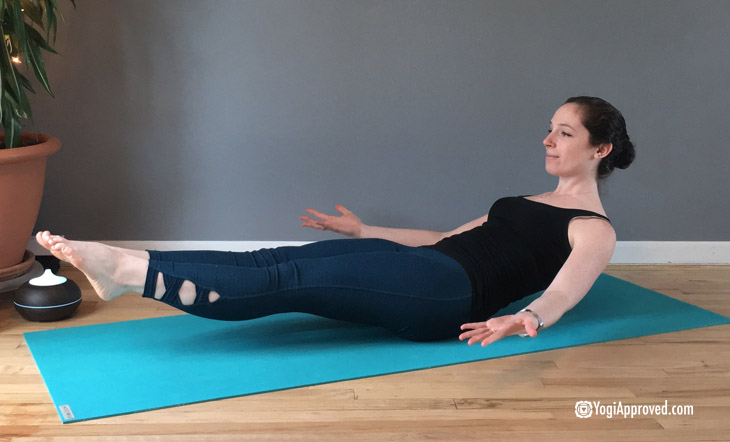
We could all benefit from better balance. Balancing postures in yoga help us to really stay with our breath, be compassionate with our bodies, and become a little more humble with our abilities. By adding stability exercises to your training, you’ll be able to balance more confidently!
We all have one pose in yoga class that forces us to be present. For some, this might be inversions, for others the strength training poses are killer (in a good way), and for a few, balancing poses are where we would really like to feel some comfort.
So let’s figure out how to make that happen!
Here Are 6 Stability Exercises For Better Balance
These stability exercises will help you feel taller in Tree Pose, hold longer in Warrior 3, fly higher in Crow Pose, and a whole lot less wobbly in Extended Hand to Big Toe Pose!
Learn How to Master Crow Pose With This Step-By-Step Yoga Tutorial
Read the alignment notes to ensure you’re getting the most benefit from these exercises. And, as always, be mindful of your body and its limits. YOU know what’s best for your body.
1. Plank Pose
Plank Pose works ALL of the core muscles. We’re talking about your abdominals, obliques, trapezius, deltoids, quadriceps, and latissimus dorsi (back).
How to Properly Practice Plank Pose – Let’s Settle This Once and For All
This killer exercises will improve all balance poses. The core is the most important part of the stability muscle group.
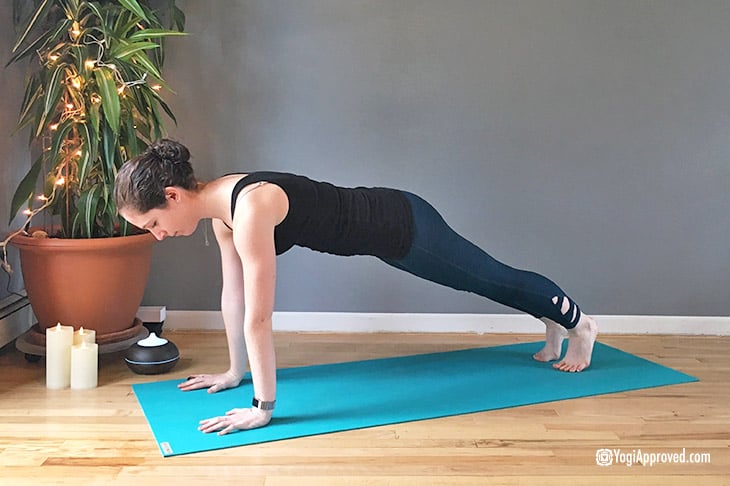
How to Practice Plank Pose:
- Stack the elbows below the shoulders, and wrists below the elbows
- Press away from the floor, and tuck the belly in and up to engage the core
- Pretend that there is a puppet’s string between the shoulder blades that is pulling you up to the ceiling
- Feet should be hip-width distance apart, toes under the ankles
- Hold for 30-60 seconds, or longer for a challenge!
2. Side Plank
Side Plank continues to strengthen your core, with more emphasis on your obliques. It also provides a slight balance challenge and strengthens through your stabilizing muscles.
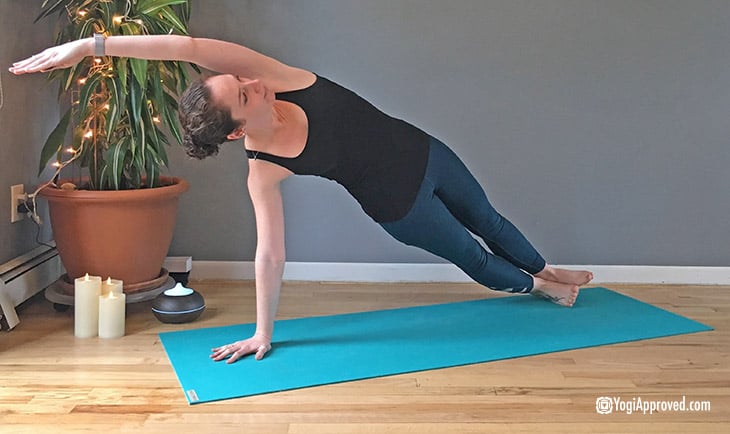
How to Practice Side Plank Pose:
- Stack your right shoulder of your right wrist, and open the chest by lifting the gaze
- Top arm can either stay at your hips or reach up and overhead to create a rainbow shape with your body
- Engage your obliques to keep the hips are lifting away from the floor
- Option to modify by dropping the bottom knee to the mat, but still using the core to lift the body open and up
- Hold for 30 seconds on both sides
3. One Leg Stiff-Legged Deadlifts
You probably won’t see this in your typical yoga class, but looks similar to a familiar pose: Warrior 3. Your Warrior 3 will be long, confident, and firm once these important stability muscles in the legs are stronger.
This exercise works your hamstrings, abdominals and back, and glutes.
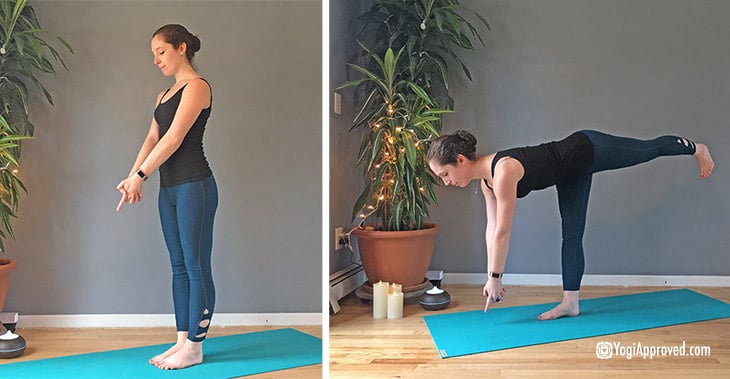
How to Practice One Leg Stiff-Legged Deadlifts:
- Begin by standing in Tadasana (Mountain Pose)
- Find a Drishti, or a non-moving focus point, on the floor slightly in front of you
- Bring your hands together, interlace your fingers, and release your pointer fingers for Kali Mudra
- Grounding down through one leg, begin to move into a Warrior 3-like stance, with your pointer fingers aiming towards the floor
- Keep a straight line from head to heel with the lifted leg
- Engage your quad to lift the kneecap
- Use your core to tip forward and almost reach the floor, and then use the standing leg hamstring to press back up to standing
- Repeat 10-15 times each side. For more of a challenge, hold weights!
4. High Lunge
Speaking of the leg’s stability muscles, this pose targets all of them. Learning to activate the entire standing leg from calf to glute will help you stand taller, and let your branches soar higher in tree pose. This pose works your hamstrings, quadriceps, calves, and glutes.
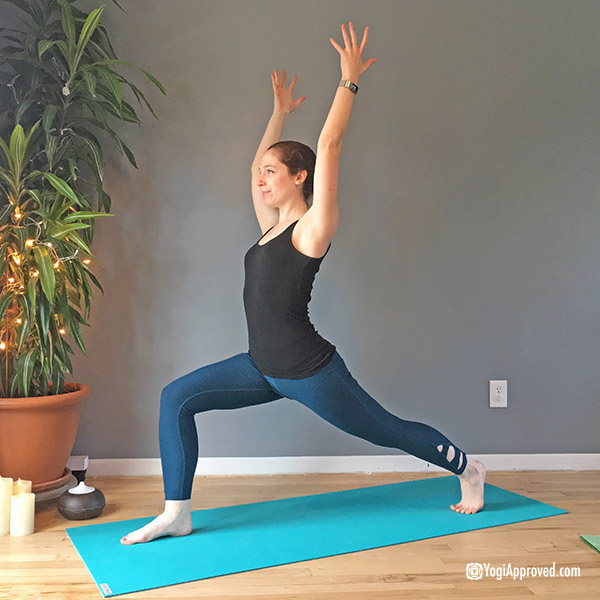
How to Practice High Lunge:
- Starting in a Low Lunge, stack the front knee over the ankle and back heel over the ball of your back foot
- Feeling grounded in the front foot and back toes, inhale the arms overhead
- Square the hips, externally rotate the front thigh by engaging the quad and glute
- Using the calves and hamstring, extend the back leg to have a little-to-no bend in the knee (but don’t lock the knee)
- Hold for 5-10 breaths each side
5. Tuck Crunches
By learning to strengthen and fully engage the core to lift the lower body, you’ll begin to develop strength to make your arm balances a bit easier. Your crow pose is about to look stellar!
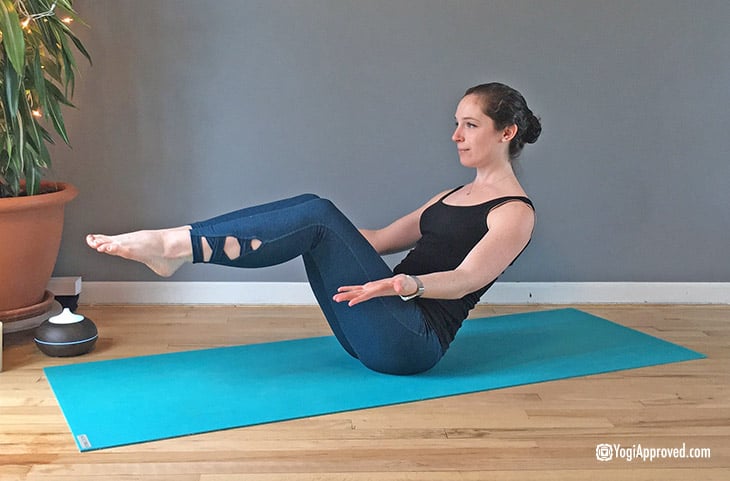
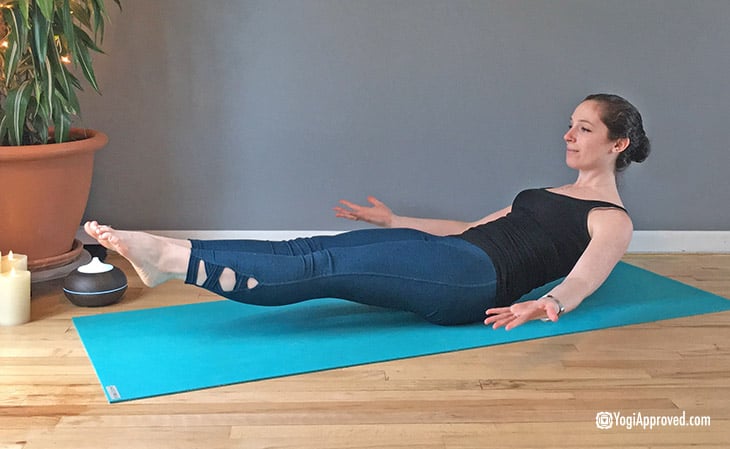
How to Practice Tuck Crunches:
- Find Boat Pose, balancing your weight on the sacrum (note: not your tailbone!)
- Option to straighten legs here for an extra challenge
- Inhale and lengthen your spine, and on the exhale begin to lower the body in a straight line to ALMOST touch the floor
- Toes are pointed, legs engaged, hips tucked in to keep the belly close to the spine, chest still open, hands at your side
- Inhale back up to Boat Pose
- Repeat 10-15 times
6. Curtsy Squat
This pose helps with the external rotation of the thigh and lifting the body out of the hip joint. The result will give you more space and lift as you open up more space in the hip of your standing leg.
You will see a major difference in your Extended Hand to Big Toe Pose.
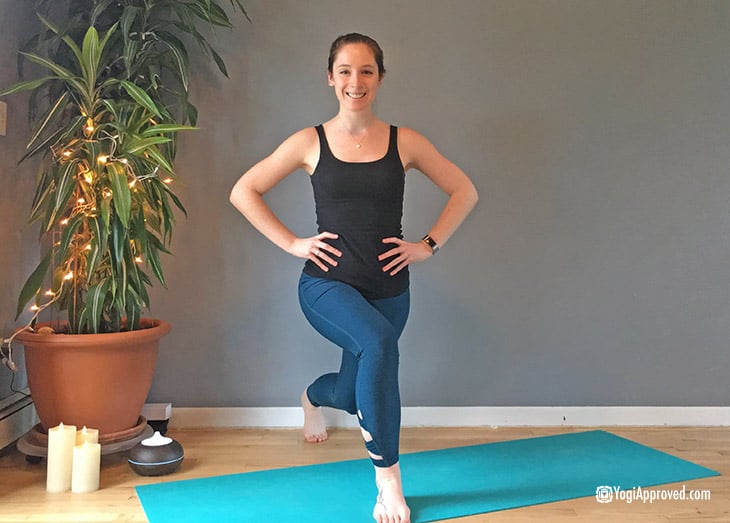
How to Practice Curtsy Squat:
- Find Mountain Pose with hands on your hips, and your feet shoulder-width distance apart
- Bring one foot behind and across your body as you lunge downward
- Both knees should be bent at about 90 degrees
- Just like in High Lunge, be sure your front knee stacks over your front ankle
- If it’s difficult to balance, use a wall for stability
- For more of a challenge, add weights to your hands or a barbell on your shoulders
- Repeat 10-15 times on each side
Practice These Stability Exercises Often to Improve Your Balance in No Time!
All of the above stability exercises will help to strengthen and define your stability muscles in your core, back, and legs.
But, the best way to build confidence and strength in balancing poses is to practice them. With practice comes progress!
Be patient and understanding with your body, know your limits, experiment with the above exercises and have fun with balancing poses in class. Many, like Tree Pose, have variations and modifications for every yogi.
Let us know your favorite balancing poses and stability exercises in the comments below!


This Month's Letter
From the Editor
Monthly motivation and food for
thought from our founder.




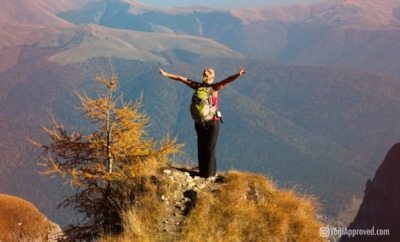
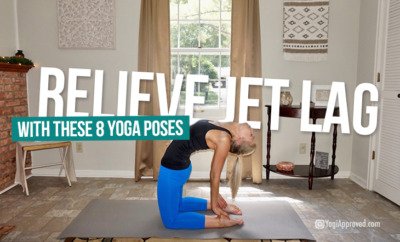
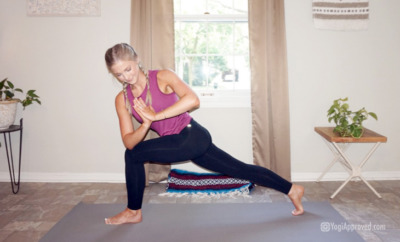
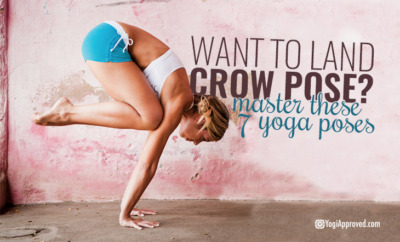
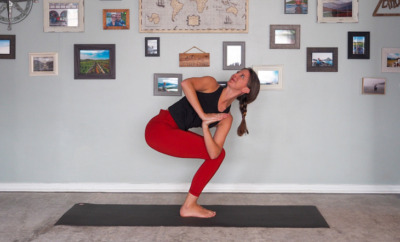



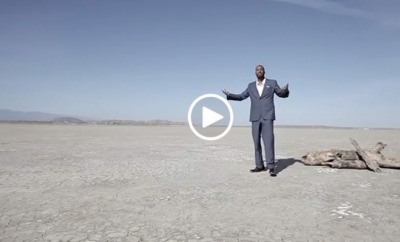





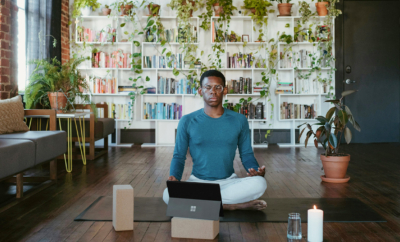











Comments